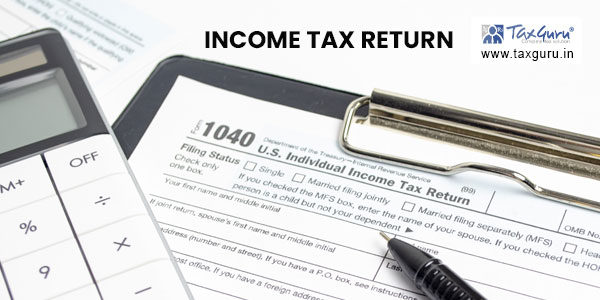Transgender? Here's What to Put for Gender on Government Forms

Filling out government forms often presents unique challenges for individuals who identify as transgender or gender non-conforming. The choices provided for gender identification can be limiting and may not accurately reflect one's gender identity. However, understanding how to navigate these forms and the implications of your choices can make the process less daunting. This blog post will guide you through the various options available, the potential implications, and how to approach this situation with confidence.
Understanding Gender Markers on Government Forms
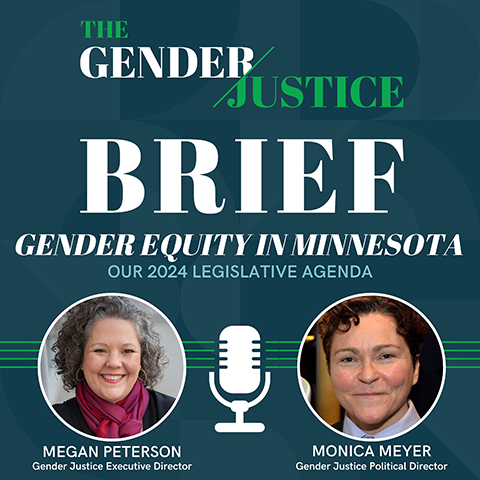
When filling out government forms, you’ll typically encounter these options for gender:
- Male
- Female
- Other (sometimes available)
🔔 Note: The options on forms can vary greatly depending on the country and the level of government (federal, state, or local).
What to Consider When Choosing Your Gender Marker

Here are some critical factors to ponder before making your selection:
Legal Recognition and Identity Documents

Your choice of gender marker can have significant legal and practical implications:
- Legal Gender Change: If you are legally recognized as transgender, you might want to choose the gender that matches your legal documentation.
- ID Consistency: For travel or any official verification processes, ensuring your gender marker aligns with your ID documents is crucial.
Personal Identity and Comfort
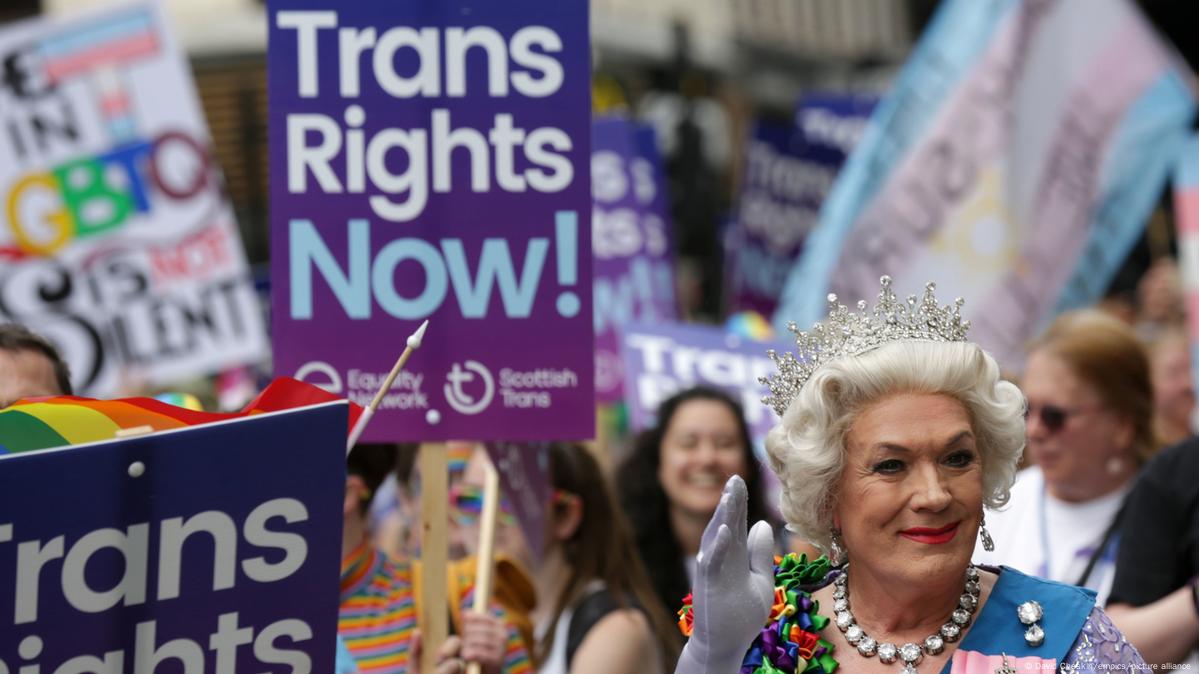
Your comfort with your gender identity is paramount:
- Gender Affirmation: Choosing a gender marker that aligns with how you identify can be a form of validation and recognition.
- Potential Discrimination: Consider how your choice might affect interactions with officials or service providers, particularly if you are not “out” or do not present as your chosen gender.
Implications for Data Collection

Understand that your selection contributes to demographic data:
- Statistical Data: Your gender marker helps in shaping policies and understanding population demographics.
- Privacy and Sensitivity: Data should be treated with confidentiality, but there’s always a risk of exposure or misuse.
Options for Gender Markers on Government Forms
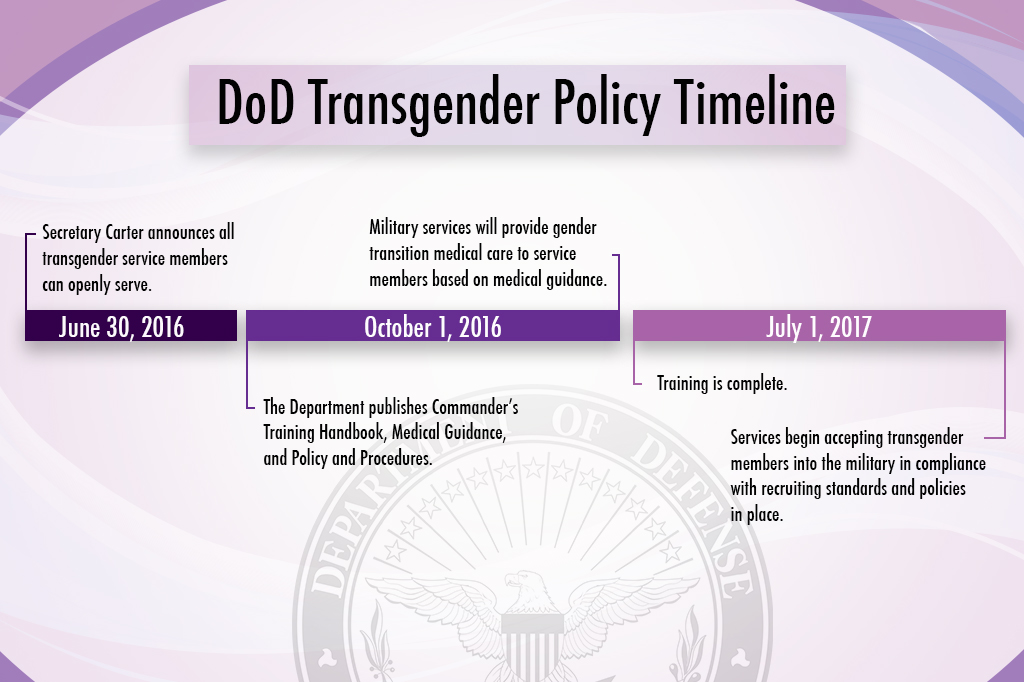
Here are the typical scenarios and considerations for each gender marker:
Selecting “Male” or “Female”

- Choose this option if you legally identify as this gender or if you feel comfortable with this identity.
- Consider legal recognition, identity consistency, and your comfort level with the choice.
Using the “Other” Option

- Some forms offer an “other” or “X” category, which can be selected by transgender, non-binary, or gender non-conforming individuals.
- However, this might not always be legally recognized or may require specific conditions for use.
Prefer Not to Answer or Blank

- If no option fits, leaving it blank or choosing “prefer not to answer” can be an alternative.
- This approach might lead to incomplete processing of the form or requests for clarification.
📝 Note: Depending on the purpose of the form, opting out might not always be possible or advisable.
Legal Perspectives and Recent Changes
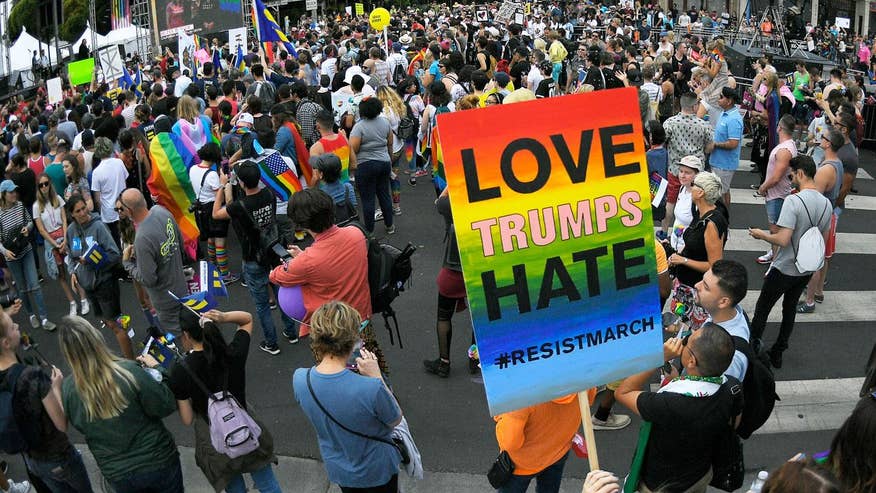
Many countries are updating their systems to better accommodate transgender individuals:
- International Recognition: Countries like Canada, Australia, and parts of the U.S. are providing options beyond the binary male/female.
- Changing Legal Gender: In some jurisdictions, changing your gender marker on legal documents has become easier, although there are often still hurdles like medical assessments or court orders.
🗳️ Note: Stay informed about changes in laws that could affect how you should fill out forms in your country.
Advocating for Better Options
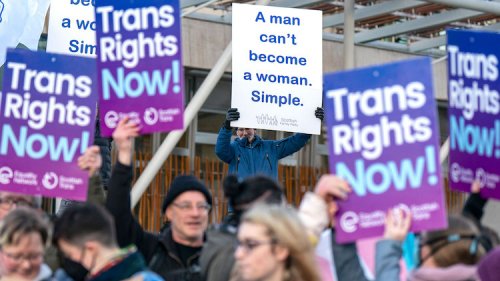
If the options provided are inadequate or discriminatory:
- Write Letters: Engage with government bodies or advocacy groups to push for inclusive options.
- Public Comment: Participate in public forums or comment periods to influence policy changes.
- Support Advocacy: Lend your voice to organizations and individuals pushing for more inclusive forms.
In summary, deciding what to put for gender on government forms involves navigating a landscape of legal recognition, personal comfort, and societal implications. Here's what you should keep in mind:
- Your legal recognition as transgender or non-binary can guide your choice, aligning with your ID documents.
- Personal identity and comfort are crucial; choose an option that validates who you are.
- Data collected from these forms helps shape policies, but privacy and sensitivity are paramount.
- Advocacy efforts are essential to push for more inclusive options on future forms.
Remember, you are not alone in this journey. With growing awareness and legal reforms, the options and the process are likely to become more inclusive and user-friendly over time.
Can I legally change my gender marker on my ID?

+
Yes, in many countries, you can change your gender marker on ID documents. The process varies, often requiring documentation like a medical certificate or a court order. Check your local laws for specifics.
What if I don’t want to specify my gender at all?

+
Some forms allow for an “Other,” “X,” or “prefer not to answer” option. If not, leaving it blank might be an option, though this could result in incomplete processing or requests for clarification.
Is there a risk in choosing an option that doesn’t match my ID?
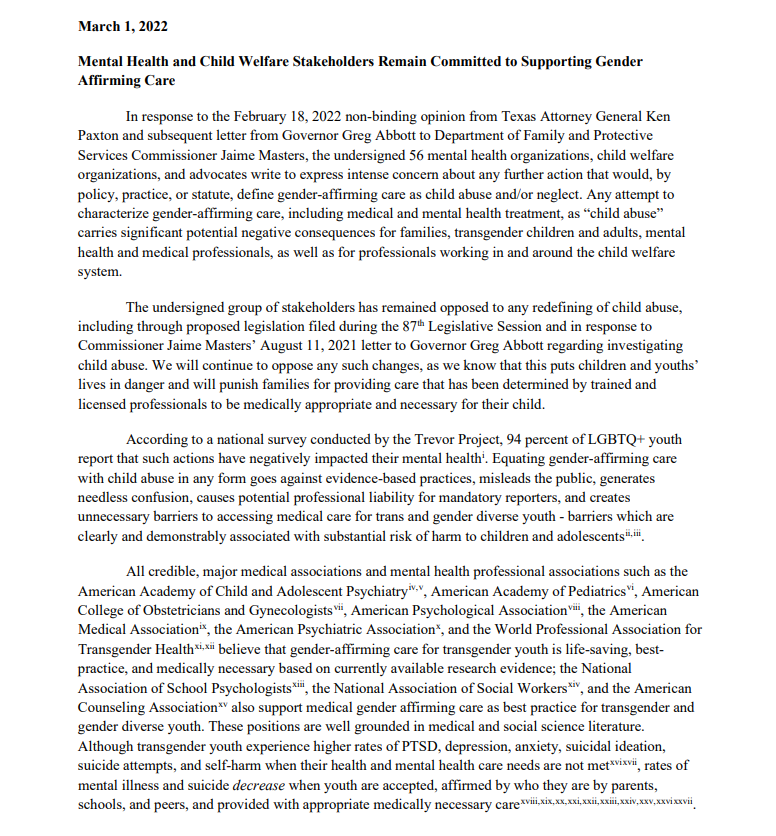
+
Yes, there can be risks. Inconsistencies between forms and your ID might lead to delays, requests for clarification, or in some cases, discrimination or harassment.
